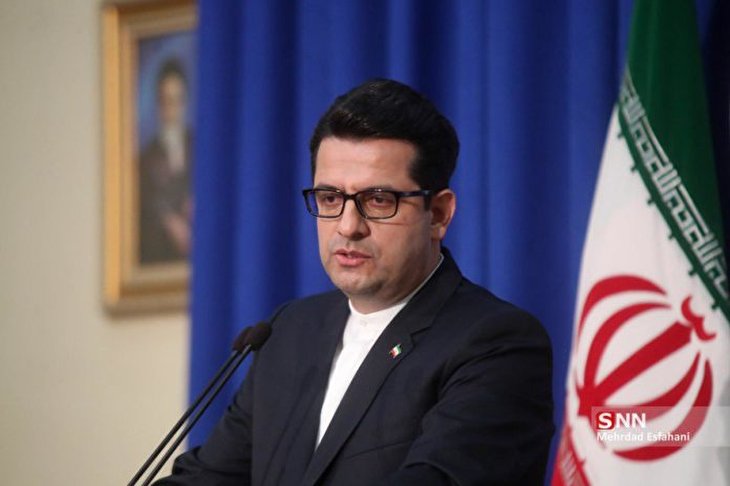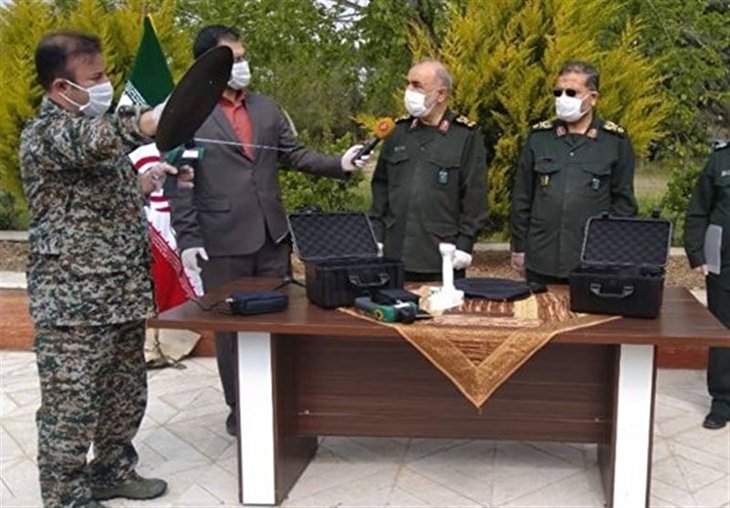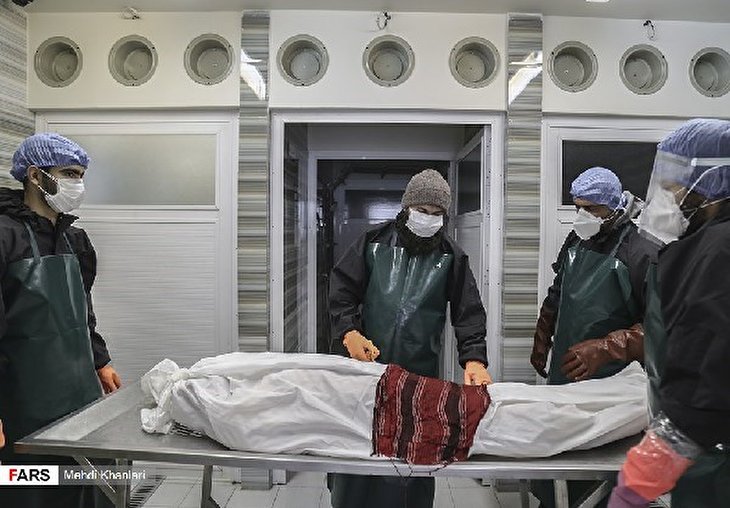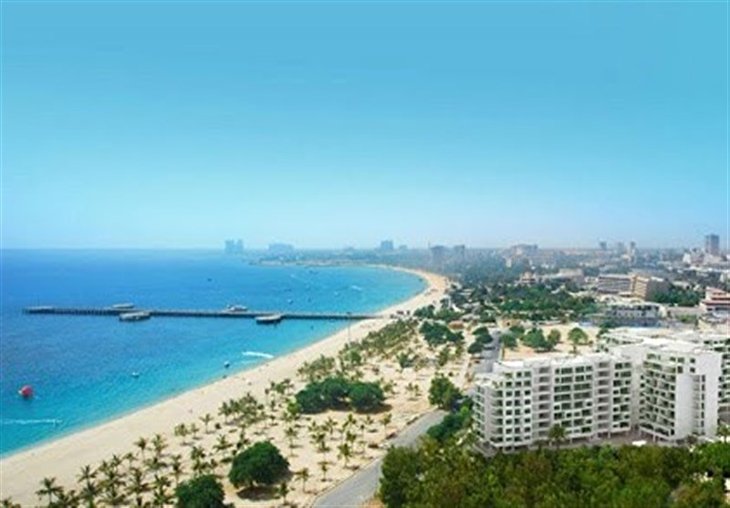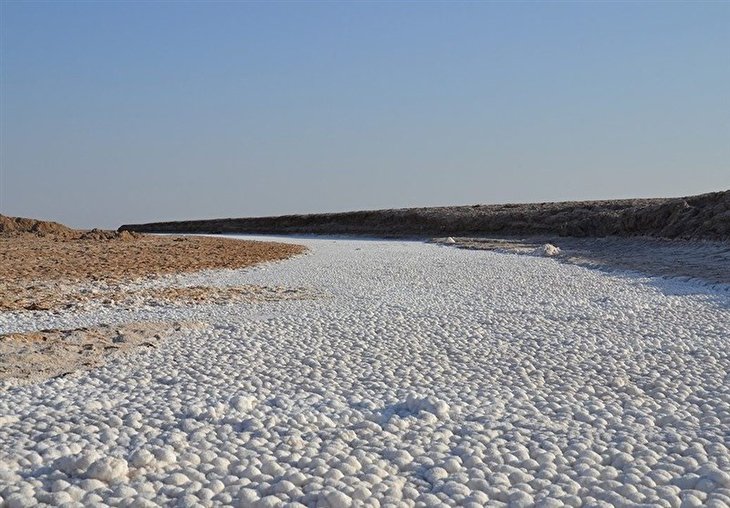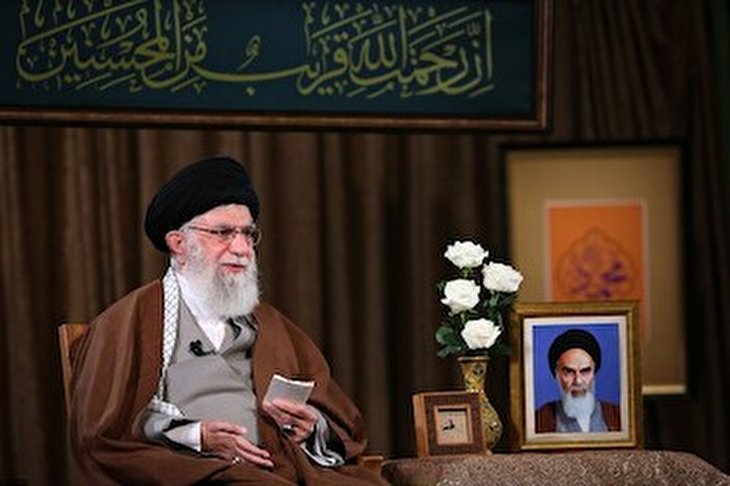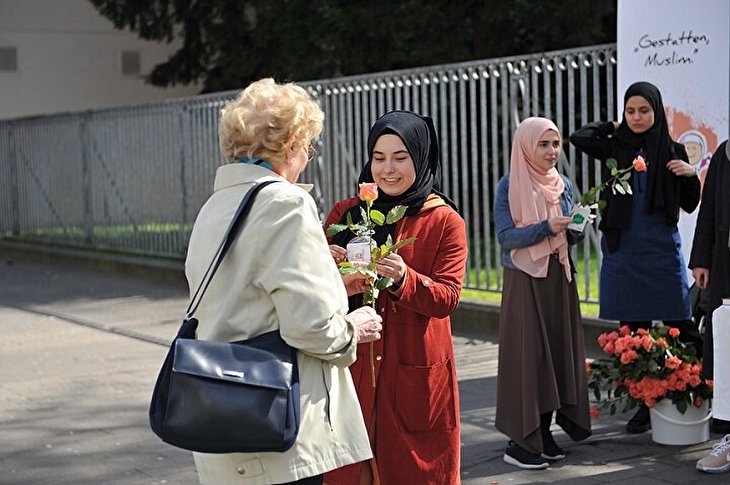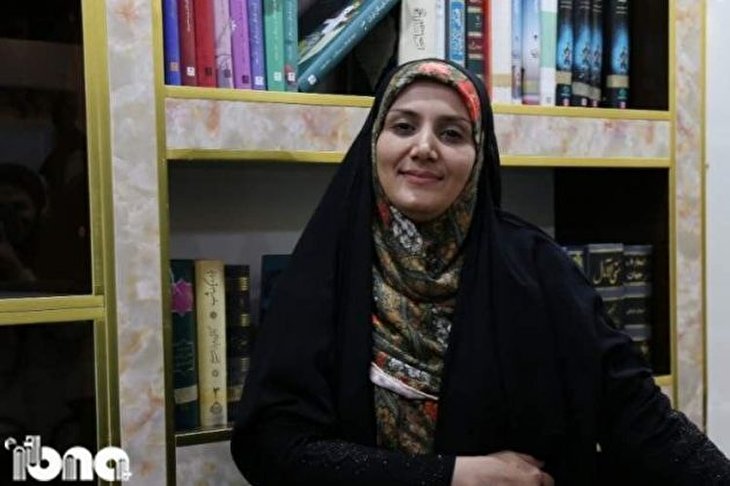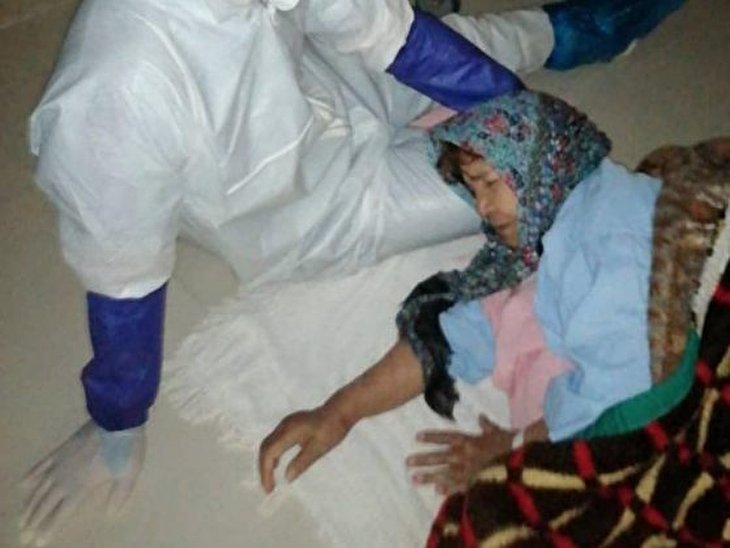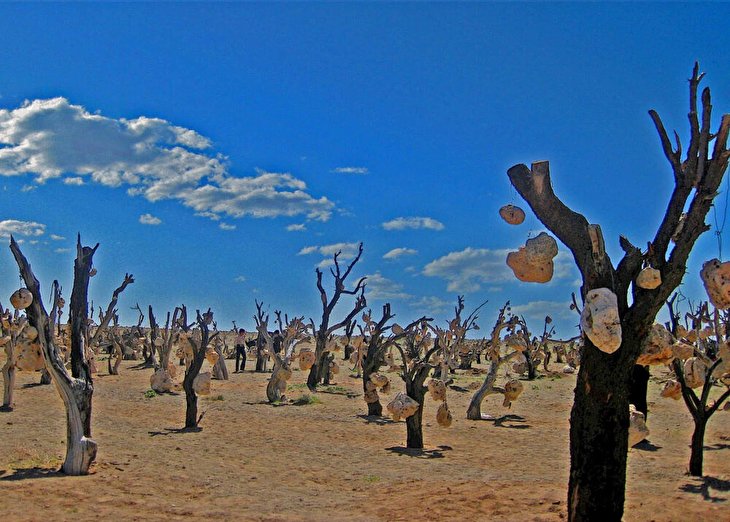Iran Ready to Put New Satellite in Orbit

The Zafar, a fully sophisticated satellite built at the Iran’s University of Science and Technology, was announced by the ISA today to have been placed atop the ready-to-launch list.
The new satellite, designed for an 18-month activity plan, weighs about 90 kilograms and is equipped with four color cameras to capture the Earth's surface with a resolution of 80 meters.
Zafar is similar in size and weight to its previous version — the Payam satellite — but distinct in one way as it can move in circular orbit and send a message alongside its exploratory missions.
In January 2019, the domestically-built Payam (Message) satellite was launched into space with an aim to collect environmental information; however, technical problems that occurred during the final stage of the launch prevented the spacecraft from reaching orbit.
Iran's indigenous satellite launch capabilities first made headlines when the first locally-built satellite, Omid (Hope), was launched in 2009.
The country also sent its first bio-capsule containing living creatures into space in February 2010, using a Kavoshgar-3 (Explorer-3) carrier.
In February 2015, the Islamic Republic placed its domestically-made Fajr (Dawn) satellite into orbit, which is capable of taking and transmitting high-quality photos to stations on Earth.
Iran considers its space program a matter of national pride, and has said its space vehicle launches are for scientific purposes.
Last month, Head ISA Morteza Barari said that his country is holding negotiations with a country with advanced space technology to jointly send scientist astronauts to space.
Barari said that the ISA has commenced plans for cooperation with what he called an ‘advanced country’ to send scientist astronauts to space.
“The talks are underway, and we hope to reach an agreement with one of the countries to commence the project.”
Barari declined to name the country with which the ISA is in talks about the project before the talks have been finalized.
“With the cooperation of this country, we are aiming to send a scientist-astronaut instead of a space tourist. Our goal is to participate in international projects; that is, to have an Iranian scientist present in the Earth's orbit or a space station to take part in international research projects,” he added.
“The process of talks must be carried out fully. Once done, we will announce the schedule for the implementation of the project in the near future,” he said.
The Iranian scientists have in recent years made astonishing progress in development of the country's space program.
Source:FarsNEWS


